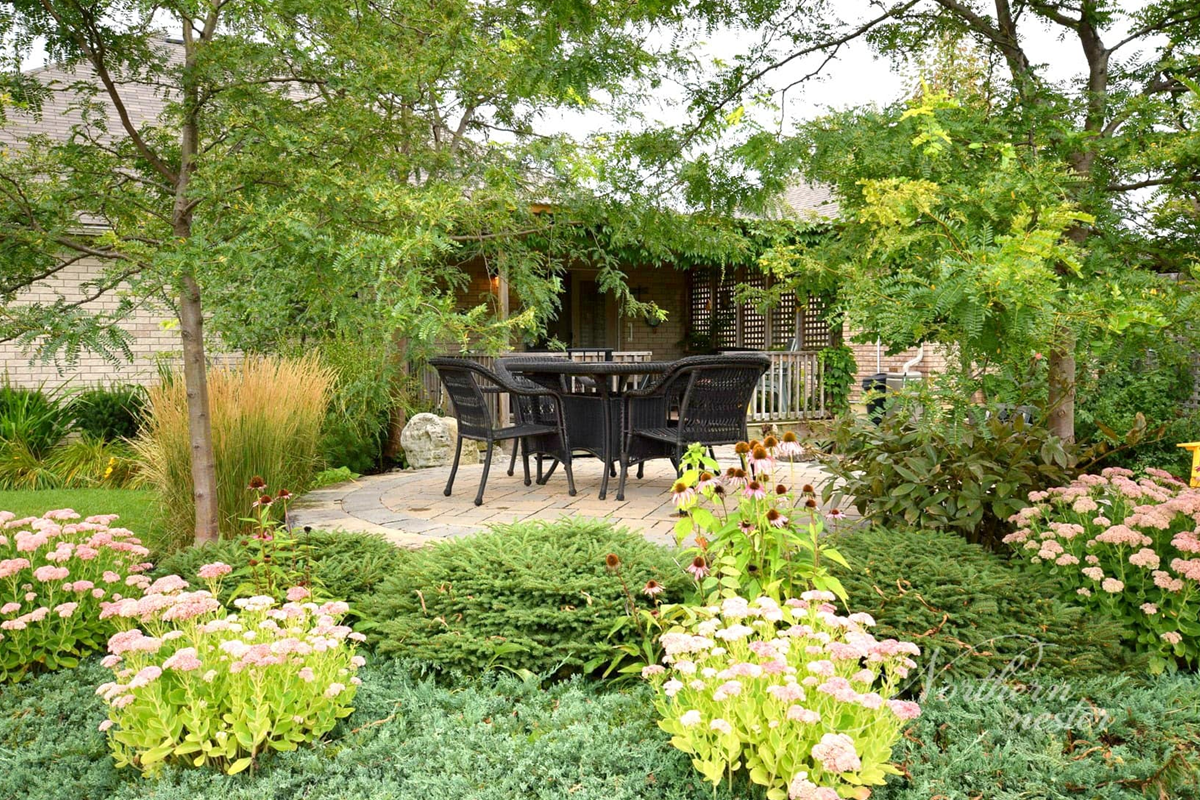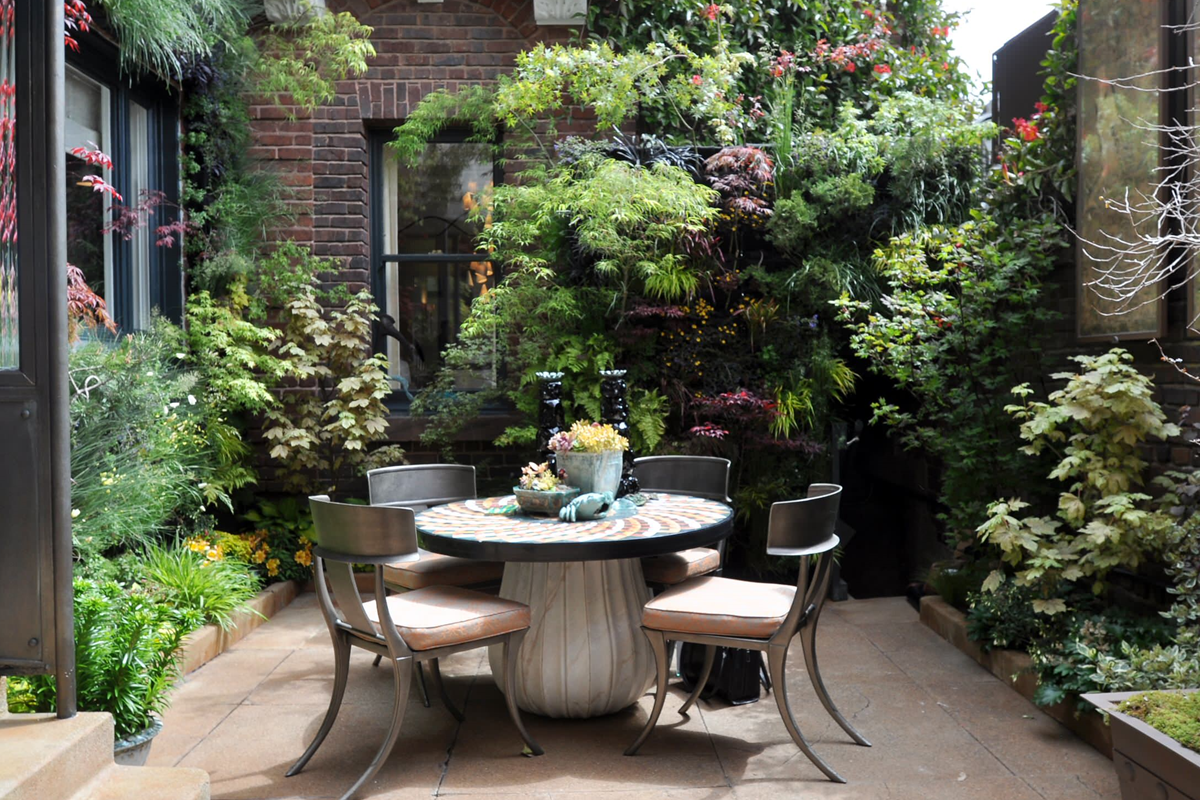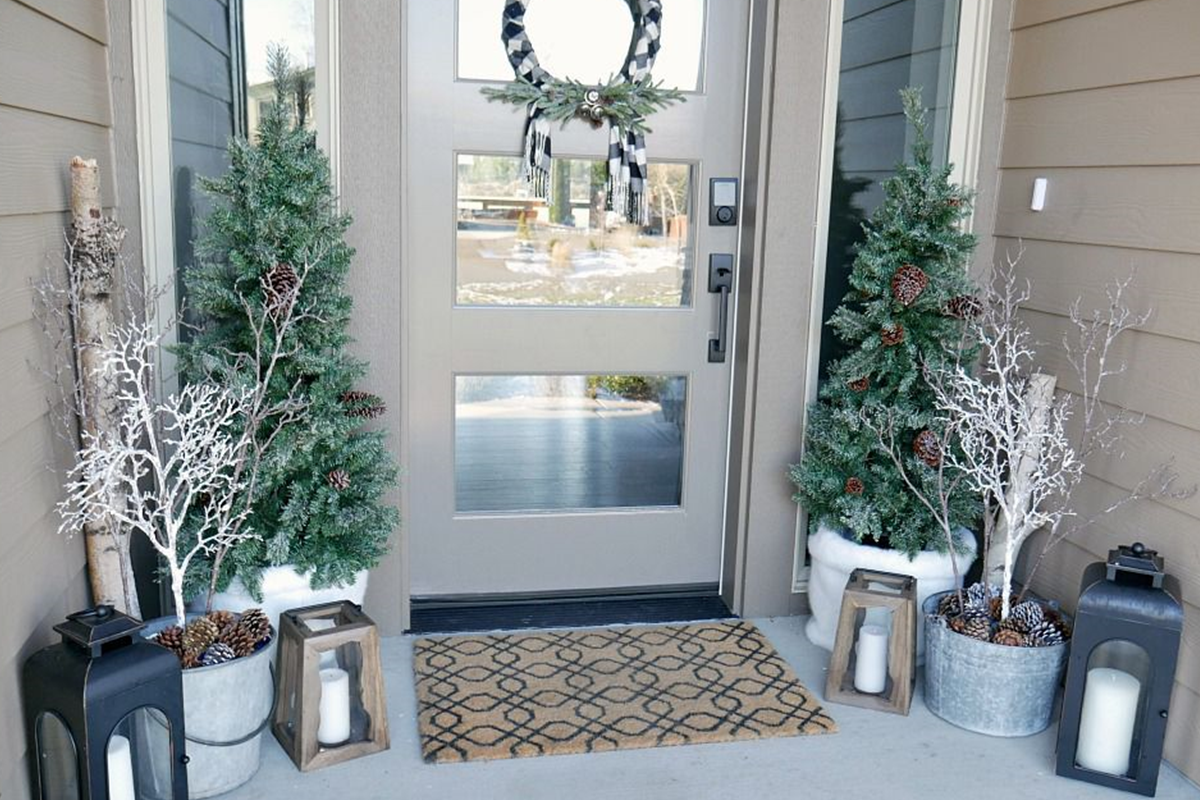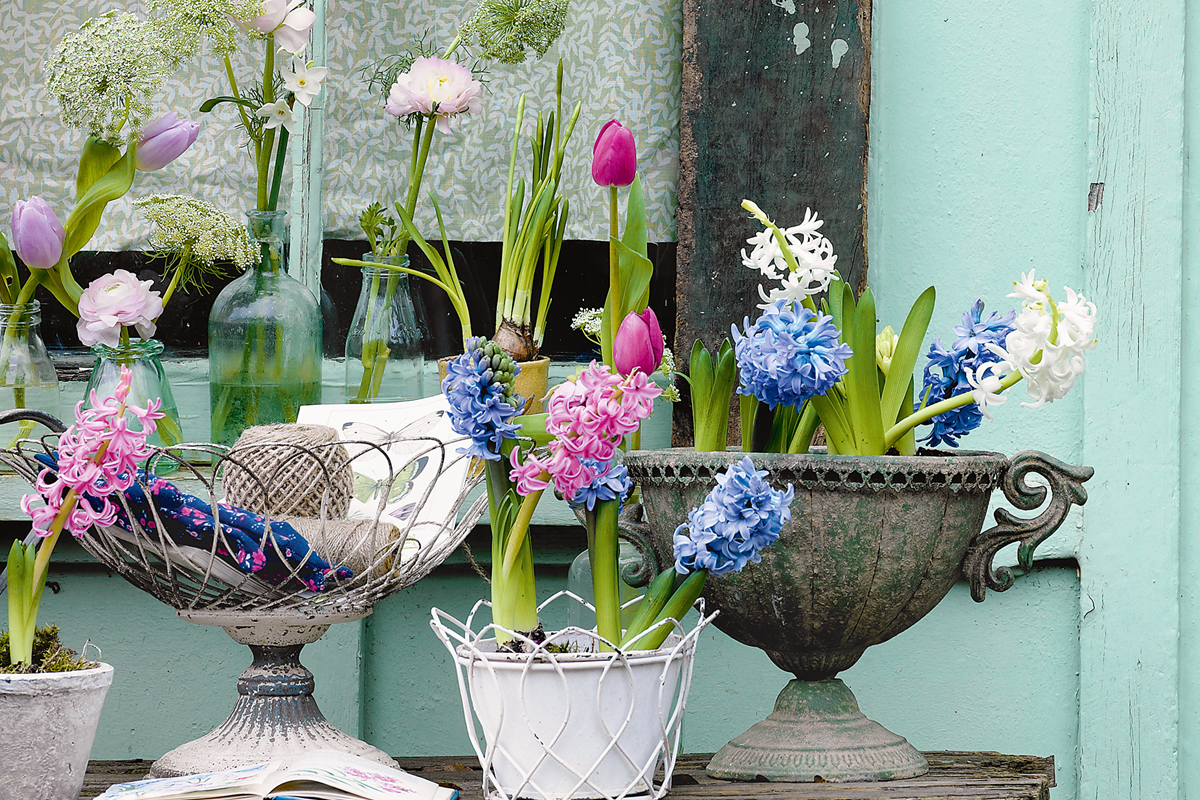Creating a Romantic English Garden is an easy, low-cost project that will enhance and beautify your home. The garden must be quiet and serene, with plenty of trees and shrubs to soften the edges of pathways. Steep banks with a belt of trees and dense planting should be provided around rivers or lakes. Hedges should be abundant, but not so tall as to obstruct the view of distant objects. Tall trees in avenues or glades may have their tops cut into domes or rounds which will prevent branches from obstructing views in other directions.
Tips to Create a Romantic English Garden
1. Provide as many layers of vegetation as possible.
This will hide any poorly constructed or unappealing features in your garden and give it a natural appearance.
2. Keep the garden free of clutter.
Remove twiggy, dead growth and weeds, then add fresh plants to fill in gaps between existing plants.
3. Build low walls with tall hedges that cascade down the slopes.
This will divide the garden and keep people off paths which may become muddy or slippery when wet.

4. Partially bury bulbs, tubers and flowers to keep them warm and encourage rooting, without damaging their delicate structures. Many types of bulbs can be propagated by division when they are dormant at this time of year instead of disturbing them altogether with digging up roots.
One of the most effective ways of preserving bulbs is to make a bulb box. If a single bulb is set into the box, it will be preserved for years.
5. Surround the garden with tall herbaceous plants that can provide colour contrast or shelter as required, but do not allow them to grow beyond a certain point where their height may cause obstructions or shade your view or that of other parts of the garden.
6. Prune ornamental bushes and shrubs in spring to encourage new growth.
7. Plant clump-forming plants to form a backdrop for planters and windows.
8. Edging paths can be made from tree branches, stone or brickwork.
9. Pergolas, arches, arbours and summerhouses should be located in shaded areas or along pathways where they will not obstruct or distract from your view of the garden unless you choose to use them in this way. Most hedges should be clipped back or pruned in spring so that they will die down by autumn, then pulled out when quite dead. This will reduce their bulk and the risk of disease spreading if they are left standing where they have been since last autumn.




